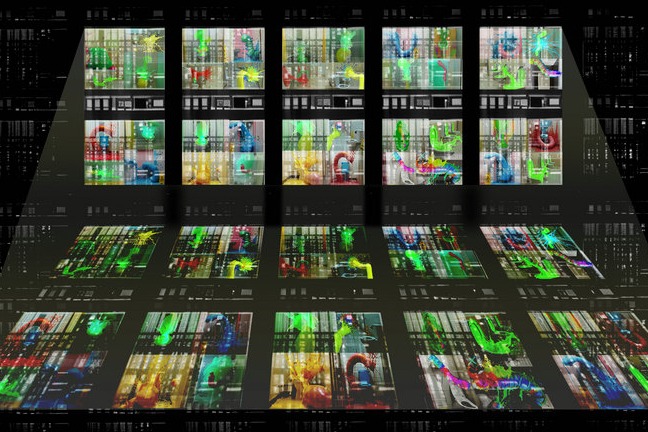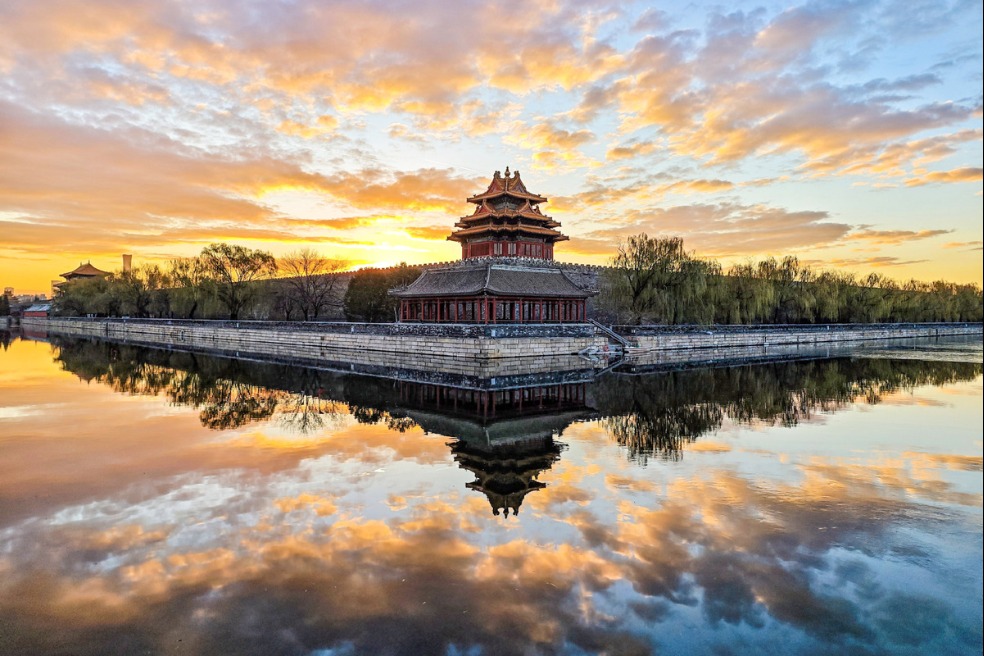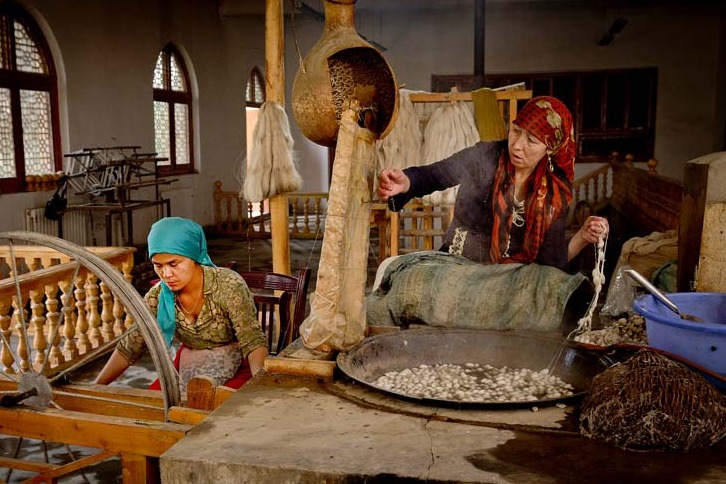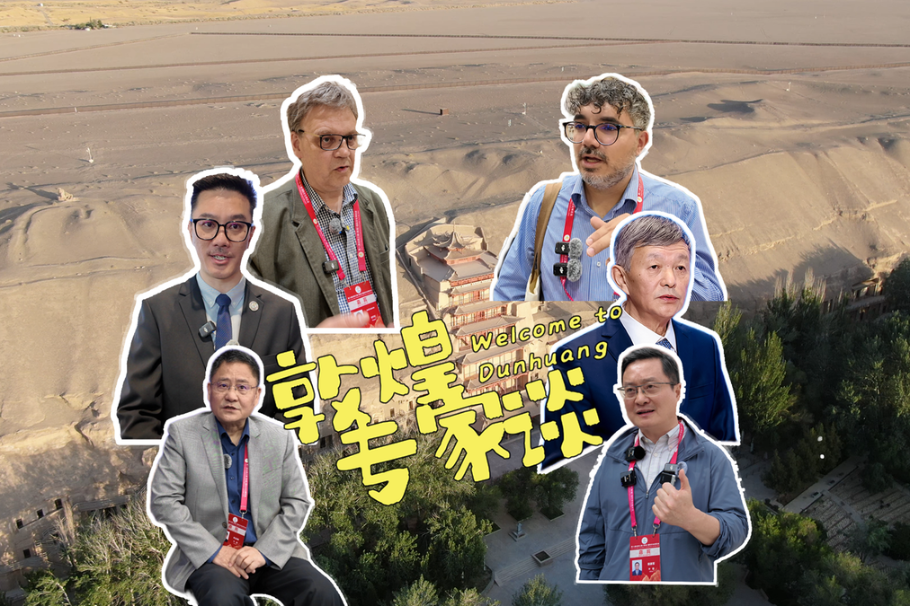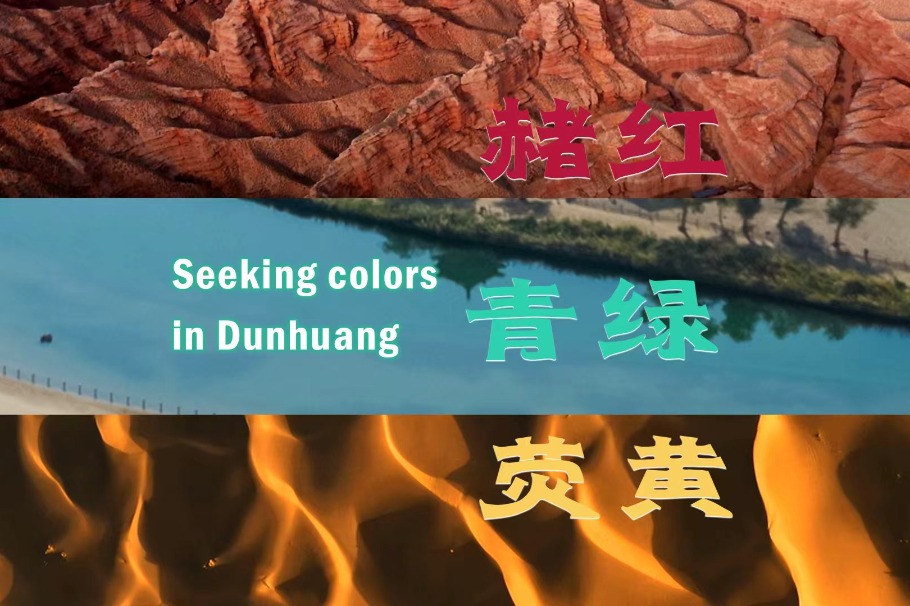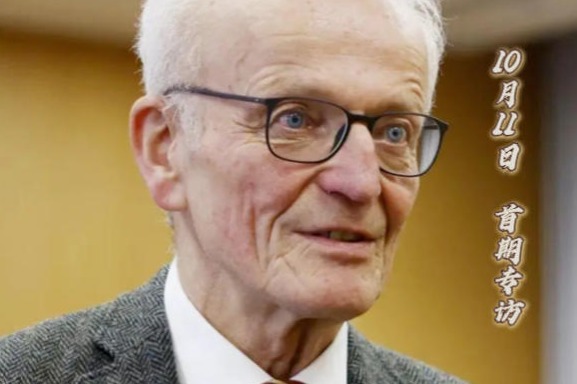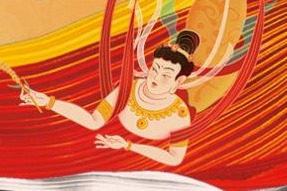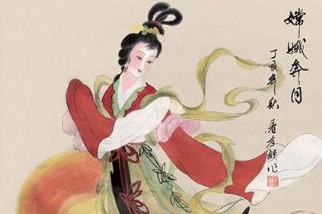Dance brings ancient murals to life


It is another busy day. Peals of handclaps and the rustling of bodies twisting on the ground float out from a dance studio in Lanzhou, capital of Northwest China's Gansu province. Then a lady's voice rings out.
"Get ready. Mind your manners, and begin. First, high kick... Now try again," said Jin Liang, director of a research center for Dunhuang mural dance at the Lanzhou University of Arts and Science.
Dunhuang mural dance drew inspiration from the iconic figure of the flying Apsara found on the murals of the Mogao Grottoes - a 1,650-year-old UNESCO World Heritage site home to more than 2,000 colored sculptures and 45,000 square meters of murals in Dunhuang.
The dance genre is especially acclaimed for its graceful gestures, which require brief bursts of strength and good balance.
All the attention in the studio is on Jin, who gives precise instructions for the gestures of the hands, waist, and even the rhythm of breath and facial expressions.
Hao Rumeng, 17, has been practicing Dunhuang dance for two and a half years. Her morning often begins at 6:30 in the studio and wraps up after eight hours of practice. Sometimes she ties a 10-kg sandbag to her legs to train her muscles.




















